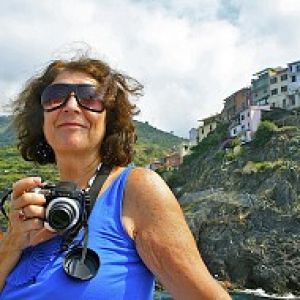Naran to Taxila
We left at 9 for a walk through the town. There were many shops selling beautiful colourful scarves, bags, hats etc. But we had not changed enough money to rupees so my spending on presents was curtailed.
The bus drove up mountain roads by the river, till we stopped at a roadside place to eat. The further south we drive, the spicier the food, which in my case is Dahl for lunch and Dahl for dinner with Nan or paratha, and raw onions. On the way out a young man asked where I was from, and we had a chat. He is working at the Chinese hydro-electric build. He is not happy about the safety - he said. China was a bad employer, unlike the Australians and Americans he had worked for previously.
This side of the mountains has got greener and greener, as the valleys here get the monsoon, which the Karakoram escapes, so they rely on irrigation from glaciers and streams for water. The hills there are arid and rocky with little vegetation, whereas now we have lush farmland clinging to the hillsides. We past through Banakot which had a huge earthquake in 2005, when thousands were killed. Our driver was pulled out of the rubble after 2 days, but his wife and children were killed. The town has been re-built. The further south we come the more heavily populated it is.
It was a long slow drive to Taxila as the traffic was heavy, in many beautifully decorated lorries, motorbikes and cars. Children, mainly boys, were walking to and from school. At only two places did we see girls in uniforms, though Irfan says schooling is free for all. Bizarrely our driver was pulled over for speeding, in Abbotabad, (where Osama Bin Ladin was found and killed,) of all places. Then we reached a motorway for the last 10 miles into Taxila,p, a large town in a hot dusty plain.
- 8
- 0
- Panasonic DC-FZ85
- 1/833
- f/3.5
- 5mm
- 80

Comments
Sign in or get an account to comment.


